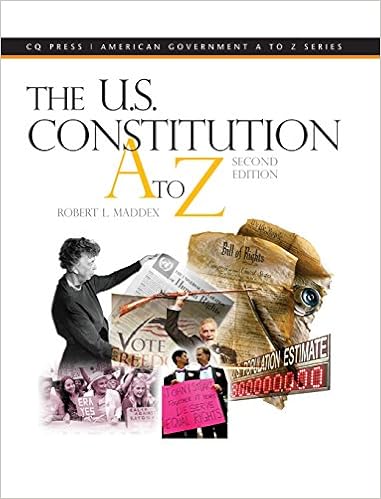This year, on Constitution Day, Brooklyn Law School will host a special symposium discussing the impact of the Magna Carta on the development of the Constitution. The U.S Constitution, in turn, has become perhaps the most influential legal document. Since its adoption on September 17, 1787, more than one hundred countries have used it as a model for their own constitutions. It is one of the world’s oldest surviving constitutions. The Constitution’s basic tenets have remained virtually unchanged since its inception. People quarrel over its interpretation, but they never question the wisdom of its underlying principles.
The Constitutional Convention proposed a new Constitution establishing a much stronger national government. Although this controversial new constitution provided a great deal of resistance, it was eventually ratified by the necessary number of states, replacing the Articles of Confederation as the framework of the United States government. Some fascinating facts about the U.S. Constitution
- The U.S. Constitution has 4,400 words. It is the oldest and shortest written Constitution of any major government in the world.
- James Madison, “the father of the Constitution,” was the first to arrive in Philadelphia for the Constitutional Convention. He arrived in February, three months before the convention began, bearing the blueprint for the new Constitution.
- Patrick Henry was elected as a delegate to the Constitutional Convention, but declined, because he “smelt a rat.”
- Because of his poor health, Benjamin Franklin needed help to sign the Constitution. As he did so, tears streamed down his face.
- The oldest person to sign the Constitution was Benjamin Franklin (81). The youngest was Jonathan Dayton of New Jersey (26).
For m ore on the U.S. Constitution, see the BLS Library copy of The U.S. Constitution A to Z, 2nd Edition by Robert L. Maddex (Call # KF4548 .M33 2008). The book clearly and concisely explains every key aspect of the U.S. Constitution. This classic, easy-to-use reference is thoroughly updated with new entries covering the events of recent years including court cases with impact on Constitutional rights. Each of the more than 250 entries, arranged in encyclopedic A-to-Z format, provides accessible insight into the key questions readers have about the U.S. Constitution.
ore on the U.S. Constitution, see the BLS Library copy of The U.S. Constitution A to Z, 2nd Edition by Robert L. Maddex (Call # KF4548 .M33 2008). The book clearly and concisely explains every key aspect of the U.S. Constitution. This classic, easy-to-use reference is thoroughly updated with new entries covering the events of recent years including court cases with impact on Constitutional rights. Each of the more than 250 entries, arranged in encyclopedic A-to-Z format, provides accessible insight into the key questions readers have about the U.S. Constitution.
